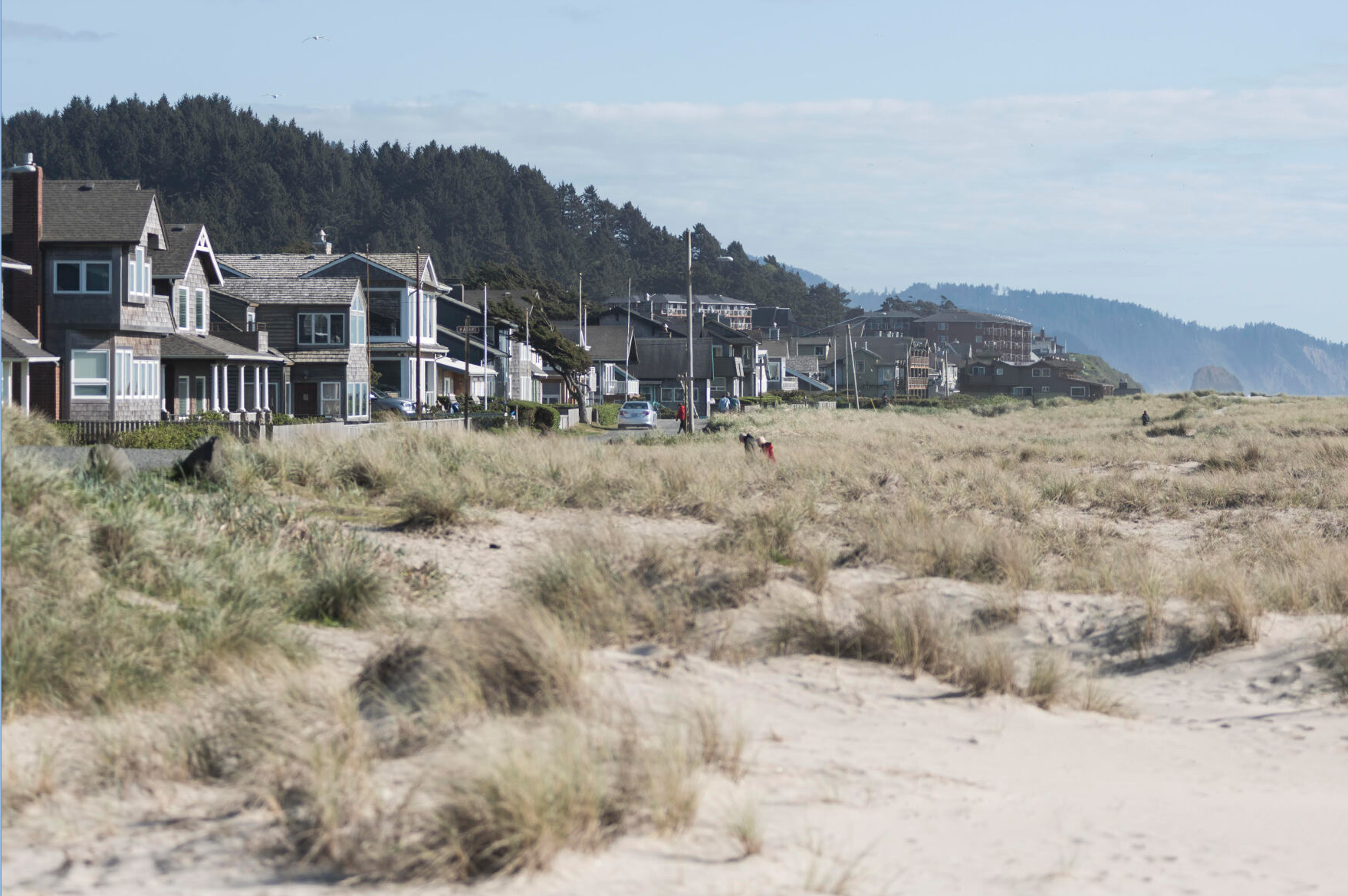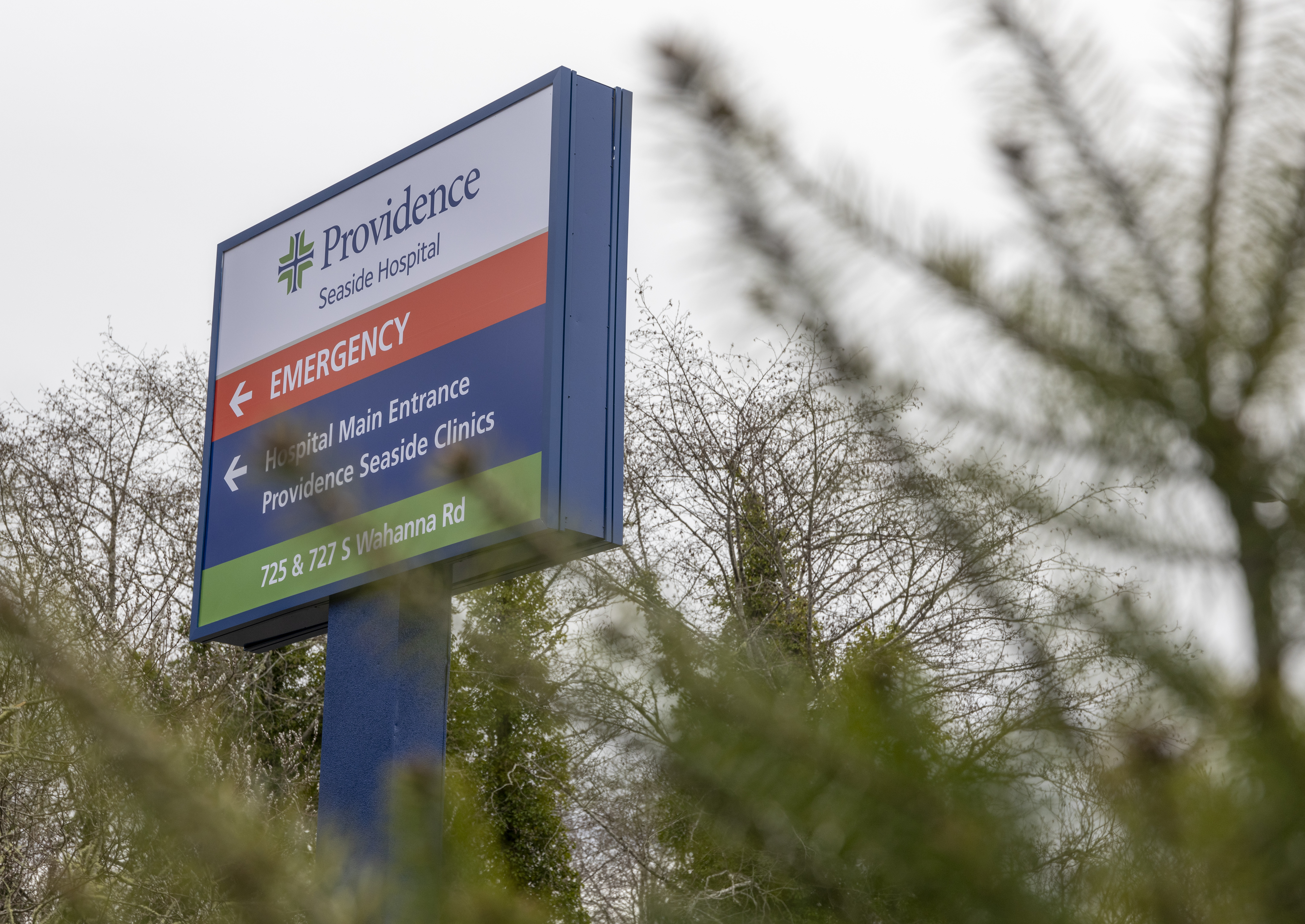Braise your spring lamb
Published 5:00 pm Monday, April 16, 2012
In praise of the braise
Trending
It is spring, and who wants to cook something that takes three or four hours in the oven? Well maybe that should be a concern, but April in the Northwest still has enough chill in the air that I for one can appreciate a low and slow cook on the lamb. Just eating lamb in April says spring to me. And I could just roast it, but for me, roasting a leg presents doneness problems that add stress to the process. Is it done but still pink? Is it tender? After resting will it cool too much so that the fat starts to firm? Lamb leg is a cut that traditionally is roasted, and I have been traditional most of my cooking days, sweating the outcome.
So last month I set out to prove that braising leg of lamb makes for less stress and great eating. If I ever needed proof that a recipe works it came after featuring braised leg of lamb on the menu all month. This dish is one I prefer to think of as two different meals with one cook, almost. After smelling the braising lamb for three or four hours, our reward is eating the first meal practically like pot roast. For this preparation, we order a boneless leg that is tied. Then brown all sides of the meat creating some fond (caramelized meat in the bottom of the pan). To that I add lots of red wine, water or chicken stock along with some of the usual aromatic vegetables, onion, carrot, and celery. Nothing goes better with lamb than curry in my opinion, but for this one I just used lots more garlic than usual (5 bulbs) and many sprigs of fresh rosemary (at least sixteen sprigs). Then some fresh thyme and a few bay leaves and thats it. Cover and tuck it away in the oven at 300°F for about four hours (slow and low). That is all you need to do, but I admit to checking it every hour and giving it a turn in the juice, something I watched my grandfather do, but never really understood why. I will get to that later.
I said this is like serving a pot roast, and it is. About the last hour I would add more vegetables, maybe some new red skin potatoes and toward the end something green, like beans to round out this one pot meal. But that is not what I did. Instead I removed the pot from the oven when almost cooked; put it in a wider pan and left it uncovered and refrigerated it until it completely cooled. Sort of like you would do with the leftovers after eating the first meal pot roast style. But this is no leftover! This is intentional. This is what my grandfather knew but didnt ever verbalize, he just knew.
Trending
This process of braising meat allows for the meat to slowly melt down the collagen and connective tissues that make it tough and in doing so creates a tasty juice. Braising therefore differs from roasting in that there is liquid in the pan from the start, the pan is covered during cooking, and the meat is cooking with moist heat. Roasting, in contrast, is definitely dry heatno covers, no added pan liquid. So when a braised meat is done, cooling the meat in its juices sort of allows the juice to reabsorb into the meat. Next day the cooled product allows us to do things the hot freshly made pot roasted meat doesnt. We can slice it without it falling apart; we can remove solid fat, something I like when the meat is lamb since I think lamb fat is not as tasty as most other animal fat; and somehow second day, it just tastes better. My grandfather knew this because he always made a braised dish the day before he wanted it. The best analogy I can draw is to remind us that things like spaghetti and meatballs, chili, and even matzo balls seem to taste better the second day. Anyway, though he never spoke it, my guess is he knew the advantages of day two.
Next day slice the roast into steak-like portions. Surprisingly they hold together in about 1 to 1 ½ inch sections. These are then sautéed in a little olive oil over medium heat until they are crisp on each side. The lamb is good just like that, or, as in our March Dinner Show, we used it on a meze plate with humus, honey yogurt, Bobs ghanoush, and flatbread from my pizza dough, (mentioned in past articles). For the March menu, we piled the lamb and accompaniments on top of the pizza flatbread and let diners pick it up if they wanted. About half did. The affirmation repeated by our guests was that the lamb was so tender and moist- the best theyve had! Many expressed that it didnt look like it would taste that good, watching it cook in the pan!
So is it worth making a four-hour braise so you can eat it the next day? We think so. Lenore reminds me that after cooking something that long, it is a good idea to reward oneself with the first night meal, but always good to plan for the next meal. I refuse to call it leftoveras it is no leftover when done this way. Just ask my grandfather. He knew to praise the braise for day two.
And if your mouth is now watering, you can join us for our May Dinner Show. The Lamb Shank Osso Bucco on the May menu will be prepared in a similar manner. And we will have a special 2:00 pm seating Sunday, May 13th for Mothers Day, and all the moms will receive a special gift from EVOO!
Braised Lamb Recipe
Ingredients:
1 5-7 pound leg of lamb, boneless and tied (the butcher can do this for you)
EVOO
1 tablespoon sea salt
2 teaspoons freshly ground black pepper
1/2 bottle dry white wine
1 cup water
4 heads of garlic in cloves
15 sprigs fresh rosemary
15 large sprigs fresh thyme
6 bay leaves
Method:
Oil the outside of the leg. Season all over with salt and pepper. Heat a very large Dutch oven; add lamb leg and sear on all sides for about 12 minutes, until browned all over. Remove to plate. Add wine and water to pan to deglaze pan. Add garlic and herbs and the lamb. Place the lid on the pot and place into 300º F oven for up to 4 hours. We turn the roast over every hour and sometimes it gets done sooner. You want the roast to hold its shape but break easily under the fork. If there were a bone, it would fall off the bone. For the first meal, remove roast to plate; strain sauce and bring back to boil to reduce slightly if it needs thickening. Serve with roast.
Second Meal: Reserve at least half of the roast for next meal. Cool uncovered until it drops to 40ºF before covering. Slice cold lamb into 1 inch slices. Follow directions for Basque Pork, using these lamb steaks instead of the pork (at evoo.biz)
Our braised lamb twice cooked; its really there underneath the condiments of humus, tomatillo salsa, pepper-eggplant spread (Bobs Ghanoush), Greek yogurt with honey, spicy greens, and roasted spring onion as served in our March Dinner Show. All recipes are at www.evoo.biz.









